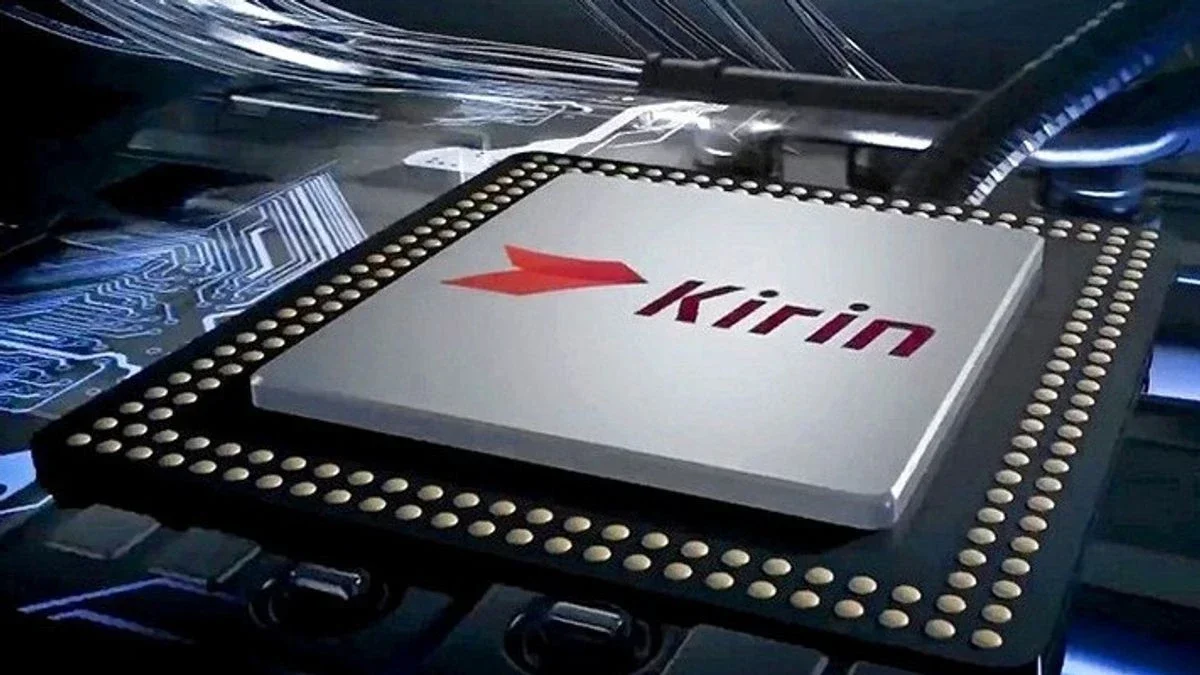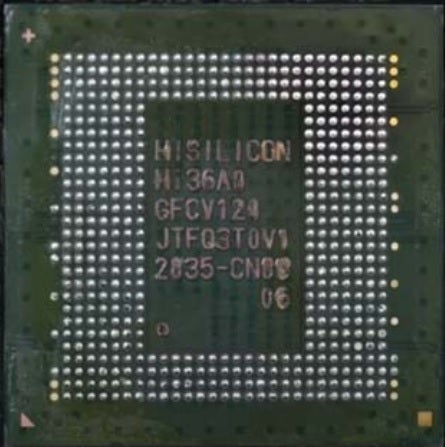Blockbuster report says SMIC will build 5nm chips for Huawei this year

When Huawei introduced the Mate 60 series last August, it stunned the world and left U.S. officials upset. That's because the line was powered by Huawei's first 5G Kirin chipset since 2020's Mate 40 series. That was the year when the U.S. changed its export rules to prevent any foundry using American technology to produce chips from shipping cutting-edge silicon to Huawei.
Before the Mate 60 series was introduced, Huawei had obtained a license allowing it to use special versions of Qualcomm's Snapdragon application processors for the P50, Mate 50, and P60 flagship models. Those chipsets were tweaked to prevent them from working with 5G signals.
The Kirin 9000S, the 5G chipset used with the Mate 60 line, was manufactured by China's largest foundry SMIC. Without access to an extreme ultraviolet (EUV) lithography machine, it wasn't certain that SMIC could produce a 7nm chip suitable for a smartphone, let alone a flagship model, using the deep ultraviolet lithography machines it has access to. The lithography machines etch circuitry patterns on silicon wafers and EUV machines create the extremely thin patterns needed to accommodate the billions and billions of transistors found on cutting-edge chips made using the 7nm node and lower.

The 7nm Kirin 9000S 5G chip powers the Huawei Mate 60 line
According to two sources cited by the Financial Times (via Tom's Hardware), SMIC has been able to create 5nm chips using deep ultraviolet lithography and Huawei's HiSilicon semiconductor unit will be the foundry's first customer for its 5nm components. As a result, Huawei could potentially be in line to seriously upgrade its smartphone performance this year as it gets closer to the 3nm A17 Pro SoC that Apple currently uses to power the iPhone 15 Pro and iPhone 15 Pro Max, and the 4nm Snapdragon 8 Gen 3 and Dimensity 9300 chipsets designed by Qualcomm and MediaTek respectively.
SMIC is expected to produce two chips for Huawei this year. One is the aforementioned new Kirin SoC for Huawei's handsets, and the other is the Ascend 920 chip used for AI applications. But not everything is running smoothly. SMIC's 7nm yield is said to be less than one-third of top foundry TSMC's yield while SMIC is charging 40% to 50% more than TSMC does for chips produced using the 5nm and 7nm nodes.
While Huawei was at one time TSMC's second-largest customer after Apple, the company cannot obtain the license from the U.S. that it would need to have the foundry manufacture its chips. Thus, Huawei is stuck with SMIC.
Chips made using lower process nodes can be equipped with smaller transistors increasing the transistor count of these chips. And the more transistors inside a chip, the more powerful and/or energy efficient that chip is. For example, the 2019 iPhone 11 series featured the 7nm A13 Bionic which had 8.5 billion transistors inside. The 3nm A17 Pro, powering the iPhone 15 Pro series, has 19 billion transistors inside.
Follow us on Google News














Things that are NOT allowed:
To help keep our community safe and free from spam, we apply temporary limits to newly created accounts: